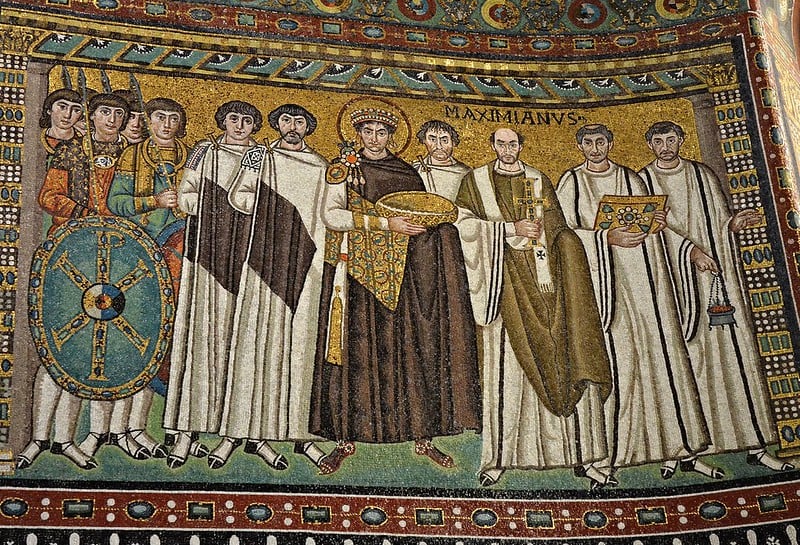
For centuries the Byzantine (Eastern Roman) Empire stood as Christendom’s bulwark against the invasions of the Muslims, first of the Arabs and then of the Turks. Nowhere was this clash between the Muslim and Christian worlds more constantly apparent than along the Byzantine-Arab frontier.
The Byzantine-Arab frontier was the historical boundary and conflict zone between the Byzantine Empire and various Arab caliphates during the medieval period. This frontier was a major theater of war and a site of ongoing military confrontations between the two powerful civilizations for several centuries.
Known to the Muslims as Al-ʿAwāṣim, the frontier was the site of dozens of fortresses, constant raiding, and near lawlessness. Over time, the exploits of the Akritai – the men entrusted to guard the frontier by the Byzantines – gave rise to a specific genre of poetry and folklore concerning a mythologized version of life on the frontier.
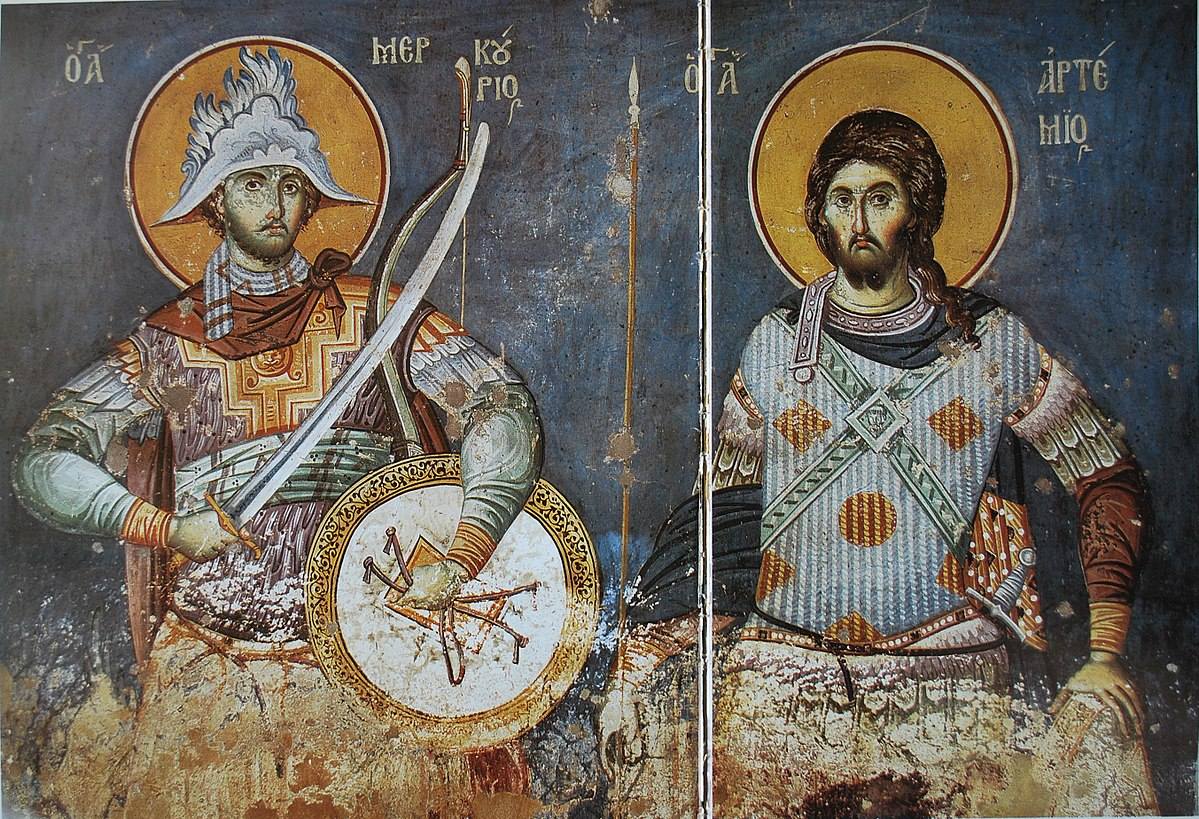
Creation of the Byzantine-Arab (Christian-Muslim) frontier
For centuries, the Byzantines and the Sassanid Dynasty of Persia had existed as the preeminent superpowers in the region. The two empires engaged in wars and the borders between both empires ebbed and flowed, with various towns, cities, and fortresses changing hands, but generally, the status quo remained unchanged.
During the early seventh century, the Sassanids launched a massive campaign, conquering significant portions of Byzantine territory. Despite eventual Byzantine success in restoring their empire, both the Byzantines and the Sassanids suffered severe depletion of their resources and strength. Their weakened state created a power vacuum, which the recently united Arabs capitalized on following the propagation of Islam by Prophet Muhammad.
The Arab armies, known for their swiftness and tenacity, dealt a decisive blow to the Sassanid forces at the Battle of Qadisiyyah in 636/37, effectively erasing Byzantium’s long-time neighboring power. Subsequently, in the Battle of Yarmuk in 636, the Arabs also inflicted a crushing defeat upon the Byzantine army. In the aftermath of these battles, the Arabs extended their conquests and seized Byzantine territories, advancing as far as the Taurus Mountains in Cilicia. The Byzantines, recognizing the gravity of the situation, retreated behind the Taurus Mountains to consolidate their remaining holdings and fortify their defenses.
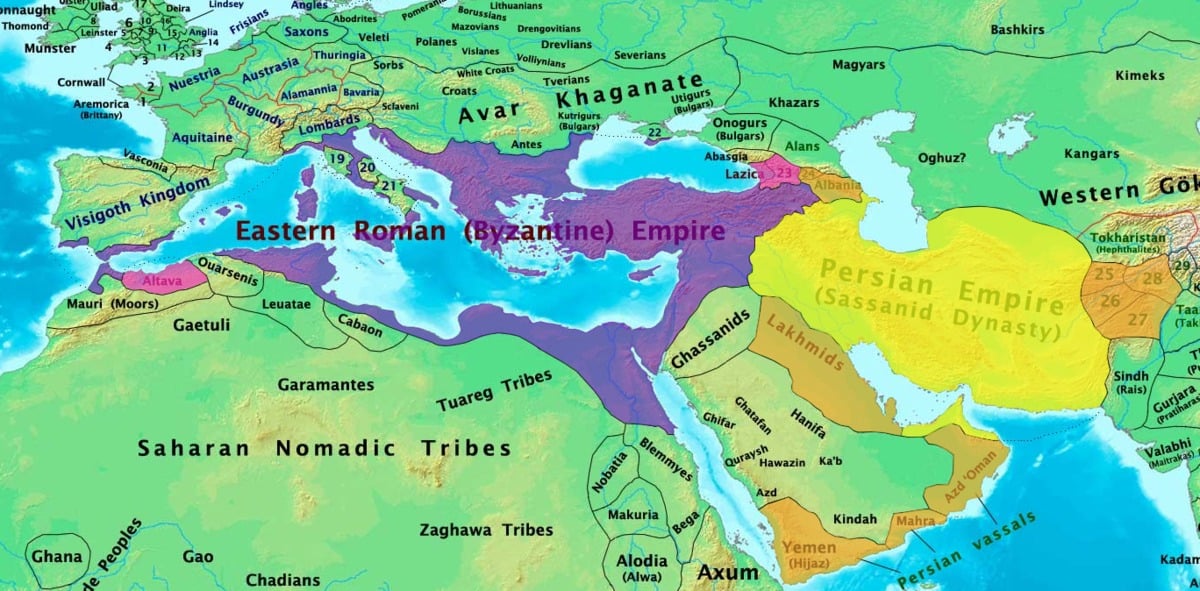
As a result, a significant and sparsely populated area emerged between the Byzantines and the Arabs. Known in Arabic as “al-Ḍawāḥī” (اَلـدَّوَاحِي, “of the Outer Lands”) and in Greek as “ta akra” (τὰ ἄκρα, “the extremities”), this zone encompassed the region of Cilicia, extending along the southern approaches of the Taurus and Anti-Taurus mountain ranges, while the Anatolian plateau remained under Byzantine control.
Both Emperor Heraclius (r. 610–641) and Caliph ʿUmar (r. 634–644) adopted a strategy of devastation within this zone, intending to create an effective buffer between their respective realms. However, the ultimate goal of the Arab caliphs remained the complete conquest of Byzantium, as they had previously achieved with its provinces in Syria, Egypt, and North Africa. It was only after the failure of the Second Arab Siege of Constantinople in 717–718 that a shift in strategic objectives occurred. While raids into Anatolia persisted, the outright conquest of the Byzantine Empire was abandoned, leading to the emergence of more permanent features along the border between the two powers.
Over the next two centuries, the control of border fortresses might have changed hands between the Byzantines and Arabs, but the fundamental outline of the Byzantine-Arab frontier remained largely unchanged.
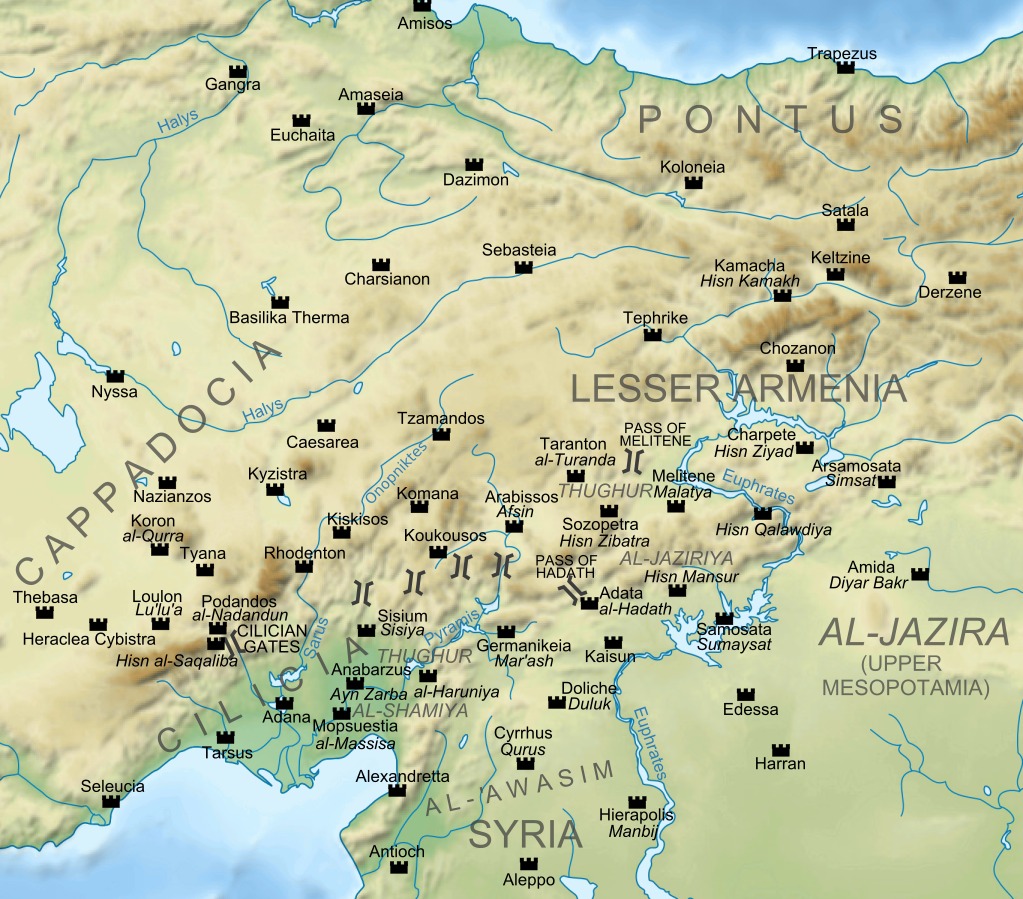
Life in “the extremities”
The caliphs led annual incursions into Byzantine Anatolia, prompting the rural Byzantine population to seek refuge from the constant threat. Already diminished by plagues and the Sassanid invasions in previous centuries, the Byzantine inhabitants faced continuous pressure due to the Arab raids. While these raids were typically smaller and aimed at capturing captives and plundering the countryside, the Umayyad and Abbasid caliphs occasionally launched large-scale campaigns that penetrated deep into the heart of Anatolia, as seen in 782, 806, and 838.
In earlier times, Byzantine Anatolia had been a thriving and heavily urbanized region. However, under the relentless assault of Arab raids, Byzantine towns dwindled in size and were transformed into heavily fortified strongholds. While some Byzantine farmers persisted, they also became militarized under the theme system, which granted land to soldiers in exchange for military service. The borderlands were depopulated, left desolate, and fortified to guard against approaching Arab armies.
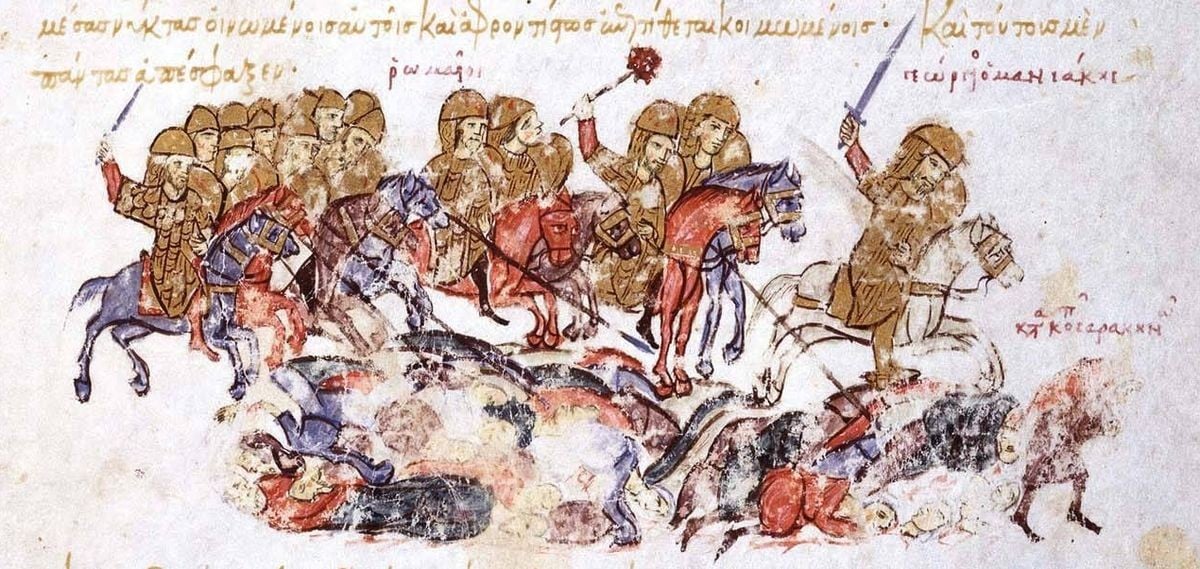
The once peaceful and prosperous province of Byzantine Anatolia had now become an unrecognizable theater of war. The borderlands turned semi-lawless, with the Byzantines entrusting authority to the Akritai, border guards tasked with protecting against Arab incursions.
To respond to the Arab raids, the Byzantines established a yearly routine wherein farmers sought safety within the fortified towns while soldiers tracked the invading Arab forces. Recognizing their weakened state and inferiority in open-field battles, the Byzantines adopted a hit-and-run strategy, allowing the invaders to pillage the countryside before launching counterattacks in the mountain passes, catching the Arab forces off-guard. These yearly skirmishes defined life on the frontier from the seventh to the mid-ninth centuries.

The Akritai, poetry, and folklore
The term “Akritai” is derived from the Greek word “akron/akra,” meaning border. Similar to the late Roman and early Byzantine armies’ limitanei, who guarded the frontiers (limes), the Akritai were the border guards who defended the Byzantine-Arab frontier.
The Byzantines used the term fairly loosely and it could refer to the inhabitants of the eastern frontier zone, including their Muslim counterparts, as well as the border guards themselves, with whom the term is more frequently associated. The Byzantine soldiers guarding the border would have been drawn from ethnic Greeks and Armenians as well as other groups who had settled in Anatolia.
The popular perception of the Akritai has been significantly influenced by their depiction in the Acritic songs. These works of epic poetry blended facets of daily life on the Byzantine-Arab frontier with more fantastical elements, and tended to focus mainly on the heroic exploits of the Akritai themselves.
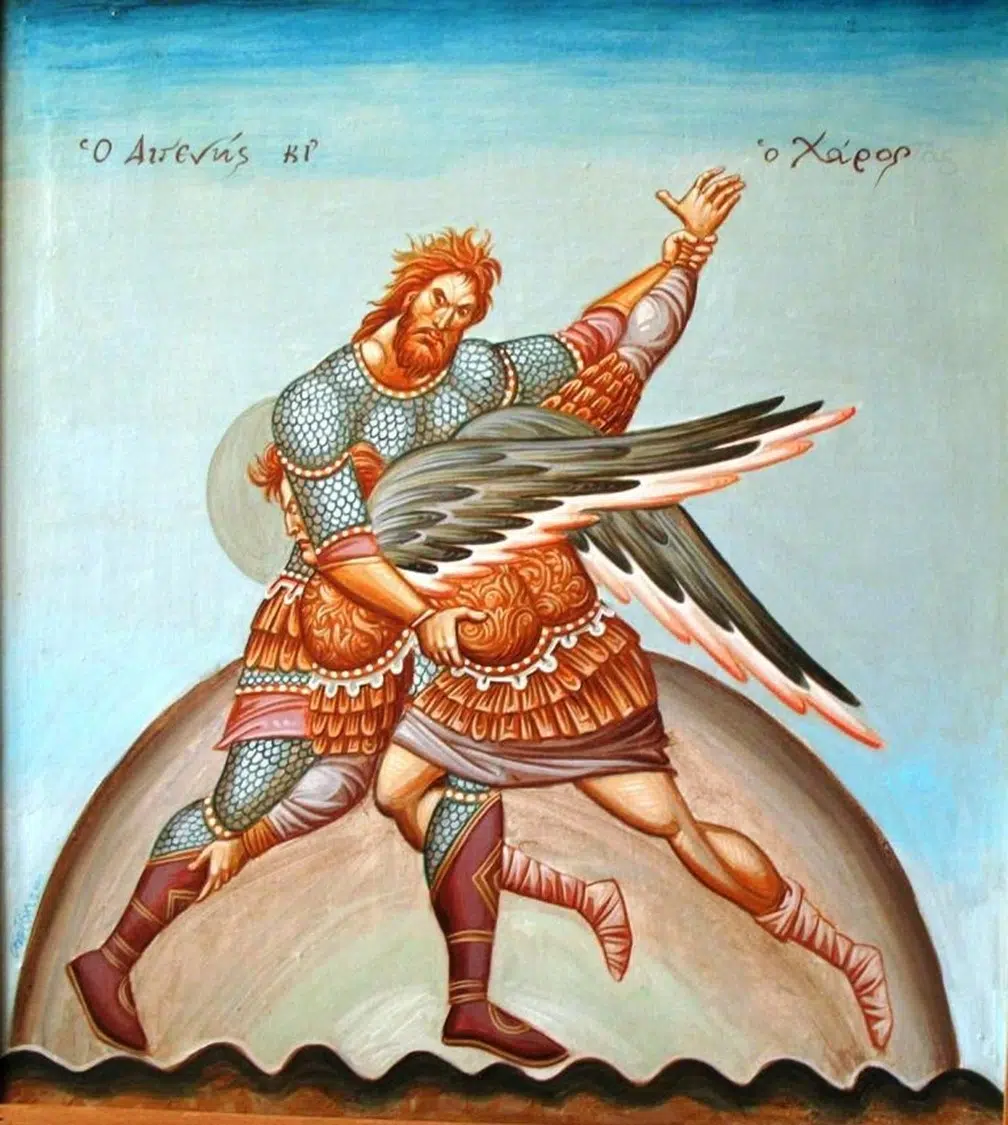
Another major theme in the Acritic songs is the fate of local civilians, who often faced the loss of family members and their own suffering in the aftermath of each invasion. The songs depict the invasion and the subsequent retaliation, the intense animosity towards the invaders, the thirst for revenge, and the efforts made to rescue female prisoners. The poets drew upon direct narratives from eyewitnesses to weave together a tapestry of information and emotions in vibrant language with easily memorable verses.
Digenes Akritas (Διγενής Ακρίτας) is the best-known story of the Acritic tradition and is one of the very few surviving epic poems from the Byzantine Empire. It tells the story of the titular character, Basileios, dubbed Digenes Akritas, meaning “two-blood border lord.”
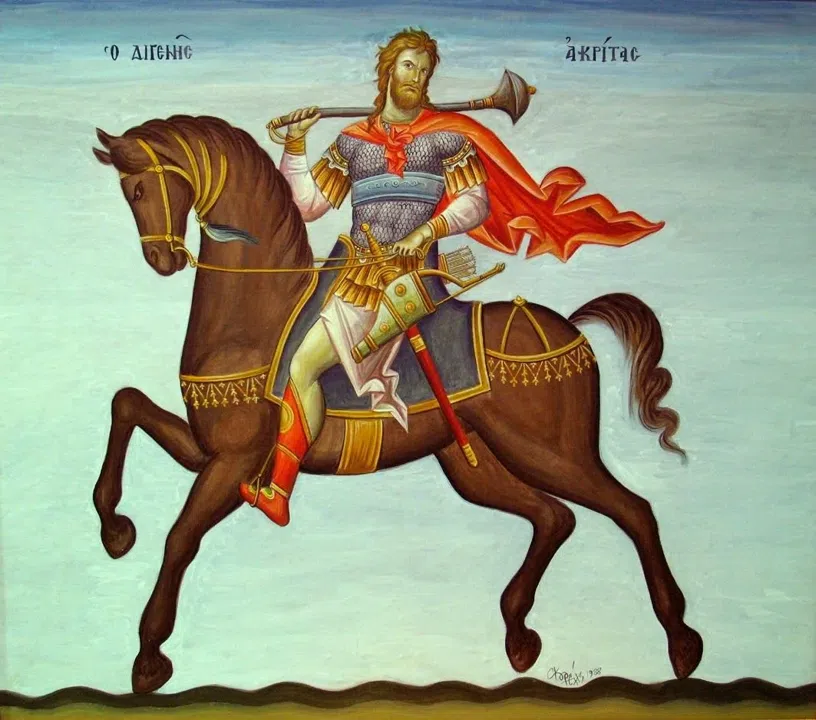
Although the protagonist of the story is fictional and his heroic feats are far beyond reality, the story does reflect a romanticized version of real historical events, namely the constant warring between the Byzantines and Arabs in the mountainous borderlands.
See all the latest news from Greece and the world at Greekreporter.com. Contact our newsroom to report an update or send your story, photos and videos. Follow GR on Google News and subscribe here to our daily email!



